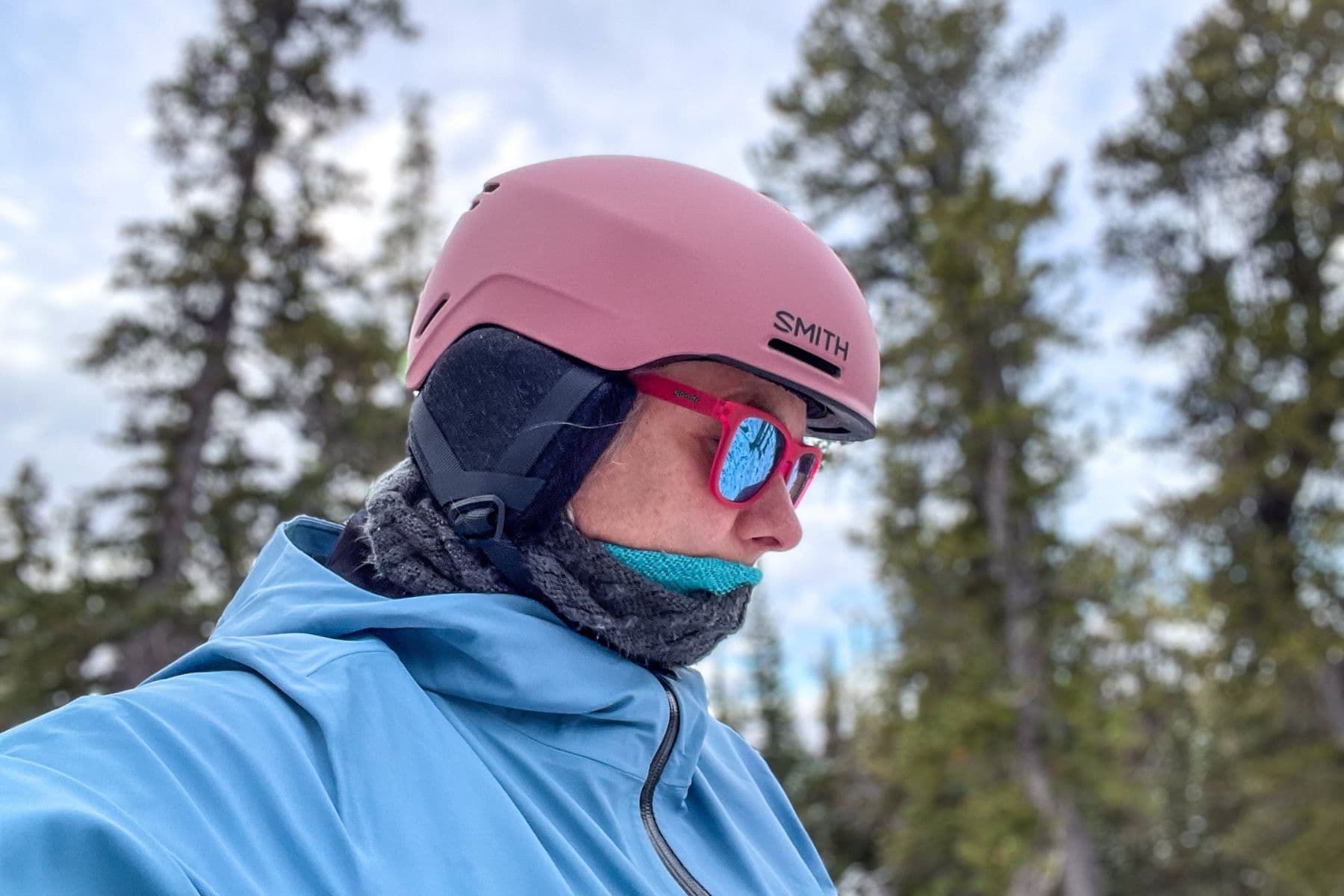A DOT certified helmet is essential for any motorcyclist in the United States, as it meets the minimum safety standards set by the Department of Transportation (DOT).
This certification assures riders that the helmet has undergone rigorous testing and will offer basic protection in the event of an accident.
This article will explain what DOT certification means, how helmets earn it, and why it’s important for riders to choose a helmet with this certification.
1. What is DOT Certification?
- Definition: DOT certification is a safety standard established by the U.S. Department of Transportation, known as FMVSS 218 (Federal Motor Vehicle Safety Standard 218). It applies to motorcycle helmets sold in the U.S. and verifies that the helmet can protect riders under specific impact conditions.
- Legal Requirement: In the U.S., all motorcycle helmets must meet DOT standards to be legally sold. Wearing a DOT certified helmet is mandatory in many states.
- Purpose: DOT certification aims to reduce the risk of head injury in accidents, giving riders peace of mind that their helmet meets minimum safety requirements.
2. How DOT Certified Helmets are Tested
DOT helmets undergo multiple tests to ensure they meet the standard for impact resistance, penetration protection, and secure fit. These tests include:
- Impact Attenuation Test: Measures the helmet’s ability to absorb energy during impact. A DOT helmet is dropped from a height onto a steel anvil to simulate the force of a crash, and the helmet’s interior padding must limit the impact felt by the head.
- Penetration Test: A sharp object is dropped onto the helmet to see if it can penetrate the outer shell. The helmet must prevent penetration to ensure that no sharp objects reach the rider’s head.
- Retention System Test: Examines the strength and reliability of the helmet’s chin strap and fasteners. The retention system must stay intact and keep the helmet securely on the rider’s head in case of an accident.
- Field of Vision Test: Ensures the helmet allows for adequate peripheral vision, meeting minimum visibility standards for rider safety.
Note: DOT standards are based on self-certification, meaning manufacturers conduct these tests internally and label helmets as DOT compliant. The National Highway Traffic Safety Administration (NHTSA) performs random tests on helmets in the market to verify compliance.
3. Benefits of Choosing a DOT Certified Helmet
- Guaranteed Basic Protection: A DOT certified helmet meets the minimum safety standard required to protect the head during an accident.
- Legal Compliance: For riders in the U.S., a DOT certification ensures that the helmet complies with local laws and regulations. Riding without a DOT certified helmet can lead to fines in states with helmet laws.
- Affordability: DOT helmets are often more affordable than helmets with multiple certifications (like Snell or ECE), offering solid protection without the higher price.
- Peace of Mind: DOT certification gives riders confidence that their helmet has been tested for real-world crash conditions, helping to reduce the risk of injury in an accident.
4. Limitations of DOT Certified Helmets
- Self-Certification: Unlike ECE or Snell standards, DOT relies on manufacturers to self-certify compliance. While the NHTSA conducts random testing, some helmets might slip through without meeting the standard as rigorously as they should.
- Basic Testing Scope: DOT standards cover minimum safety requirements. Riders looking for advanced protection may want to consider helmets with additional certifications, like Snell or ECE, which involve more extensive testing protocols.
- No Rotational Impact Protection: DOT does not test for rotational impact forces. Technologies like MIPS (Multi-Directional Impact Protection System), common in other helmets, provide additional protection against rotational injuries that DOT does not cover.
5. DOT Certified vs. Other Helmet Certifications
- DOT vs. ECE: ECE (Economic Commission for Europe) certification is widely accepted in Europe and has more extensive testing requirements, including environmental conditioning and impact tests at multiple locations on the helmet.
- DOT vs. Snell: Snell certification involves independent testing, with more stringent standards for high-impact protection. Snell-certified helmets are often required for competitive sports or racing.
- DOT and SHARP Ratings: SHARP (Safety Helmet Assessment and Rating Programme) is a rating system used in the U.K., adding a star rating for helmets based on real-world impact performance. SHARP provides an additional layer of safety evaluation that DOT does not include.
Choosing a helmet with both DOT and additional certifications can offer extra protection and peace of mind for riders seeking more comprehensive safety.
6. Top DOT Certified Helmet Picks for 2024
1. Bell Qualifier DLX MIPS
- Features: MIPS technology, anti-fog shield, and integrated speaker pockets for Bluetooth compatibility.
- Why It’s Great: This helmet combines DOT certification with MIPS for added rotational impact protection, offering enhanced safety for riders at a mid-range price.
2. HJC i90 Modular Helmet
- Features: Modular design, advanced polycarbonate shell, and a drop-down sun visor.
- Why It’s Great: This DOT certified helmet is versatile for both city and long-distance rides, offering convenience and safety in an affordable package.
3. Shoei RF-1400
- Features: Aerodynamic design, noise reduction, and advanced ventilation system.
- Why It’s Great: Known for comfort and quality, the Shoei RF-1400 meets DOT standards and is popular among sport and touring riders.
4. LS2 Full Face Stream Helmet
- Features: Twin shield system, lightweight build, and multi-density EPS liner.
- Why It’s Great: With both DOT and ECE certifications, this helmet provides solid protection at a budget-friendly price, ideal for daily commuters.
5. ILM Full Face Motorcycle Helmet
- Features: ABS shell, clear and tinted visors, and quick-release chin strap.
- Why It’s Great: This DOT certified helmet is a value option, offering essential protection and comfort for entry-level riders.
7. Tips for Buying a DOT Certified Helmet
- Check for a Proper Fit: Measure your head and refer to each brand’s size chart. A snug fit is essential for the helmet to protect effectively.
- Inspect for the DOT Sticker: Genuine DOT helmets should display a DOT sticker on the back, indicating certification.
- Consider Extra Features for Comfort: Look for helmets with good ventilation, anti-fog visors, or MIPS if you’re looking for additional comfort and safety features.
- Avoid Used Helmets: Helmets can lose their protective qualities after impact, so always buy new to ensure maximum safety.
8. Frequently Asked Questions about DOT Certified Helmets
- Is a DOT certified helmet safe enough for high-speed riding?
- While DOT certified helmets provide basic protection, riders looking for higher-impact protection for high-speed or track riding should consider additional certifications like Snell.
- Can I use a DOT helmet internationally?
- In some regions, such as Europe, ECE certification may be required. While a DOT helmet is legally required in the U.S., it’s best to check local laws when riding abroad.
- How often should I replace my DOT helmet?
- Helmets should be replaced every five years or immediately after a significant impact. Materials degrade over time, reducing the helmet’s effectiveness.
Conclusion
DOT certified helmets provide essential protection and meet the legal requirements for motorcycle riding in the U.S.
While these helmets offer a baseline of safety, riders should choose a model that fits well, has the right features, and consider additional certifications if they want enhanced protection.
Investing in a quality DOT certified helmet means prioritizing your safety and ensuring you’re prepared for every ride.









